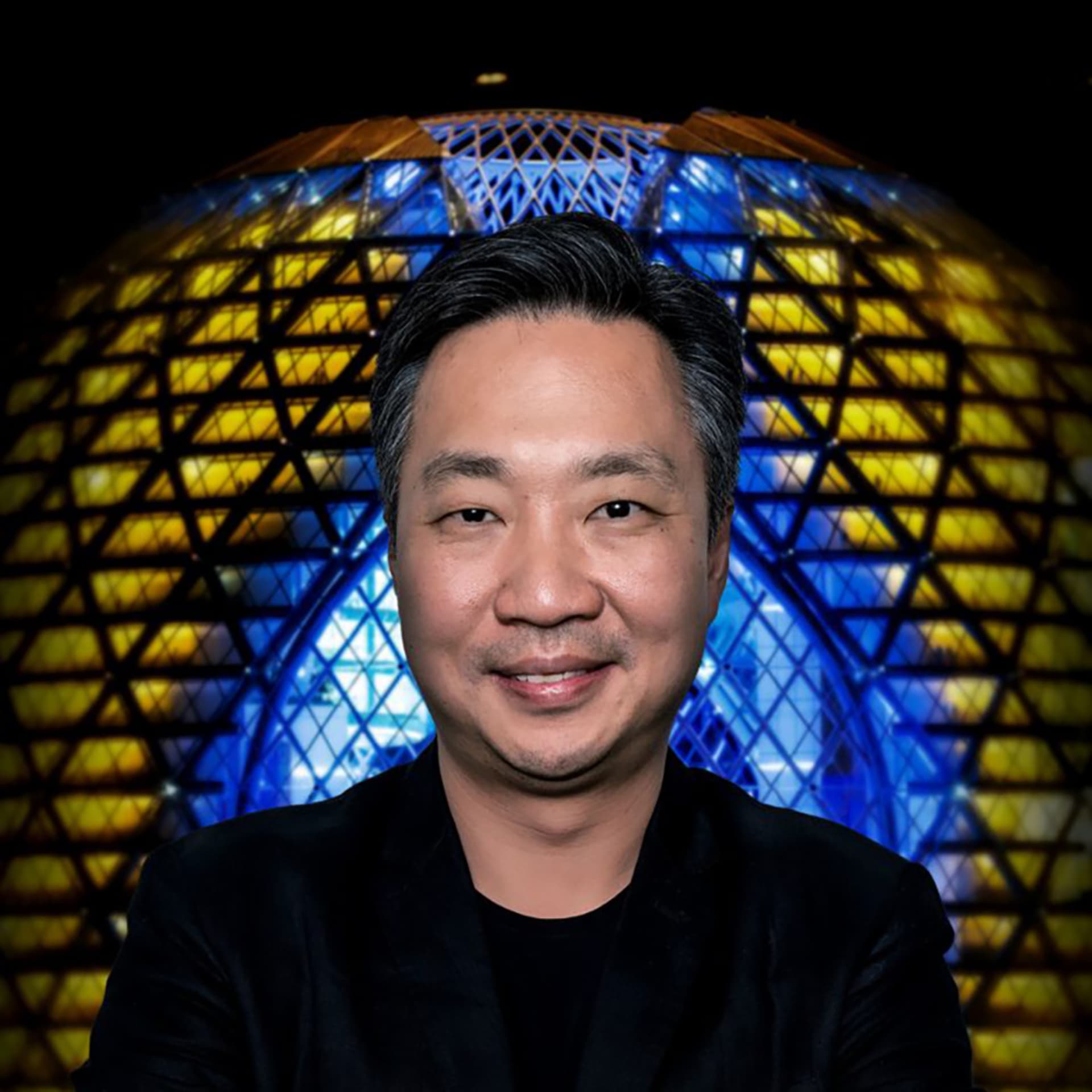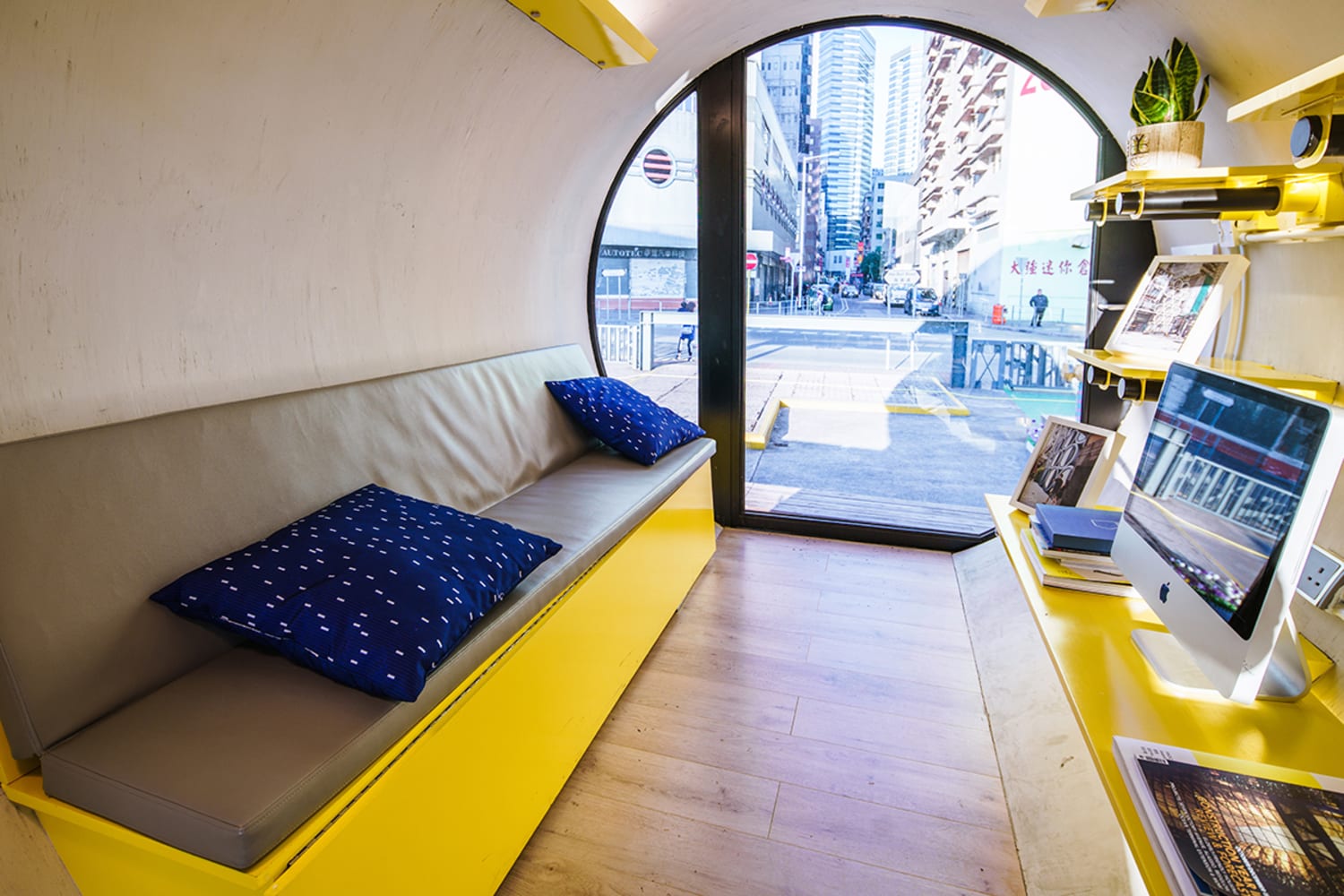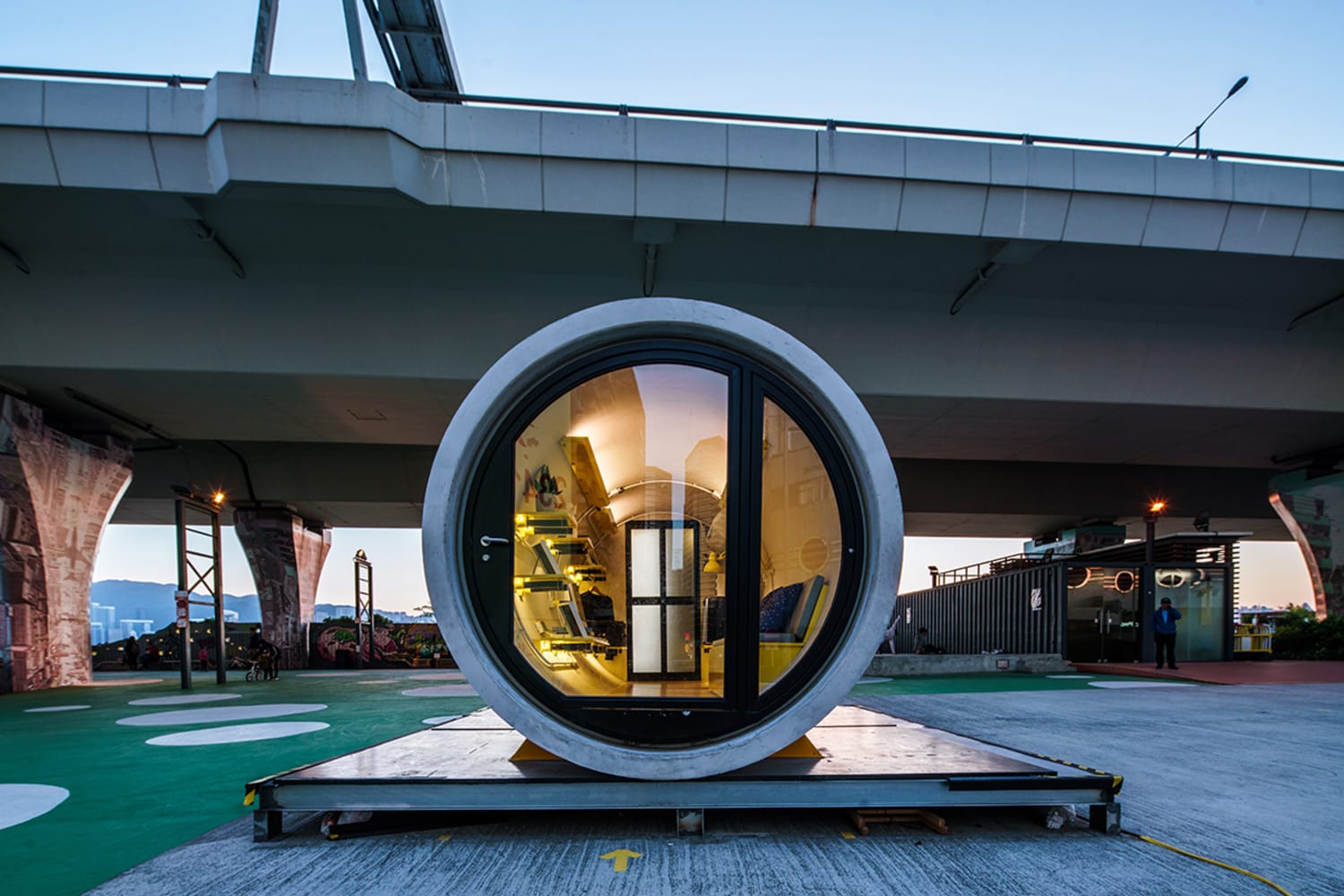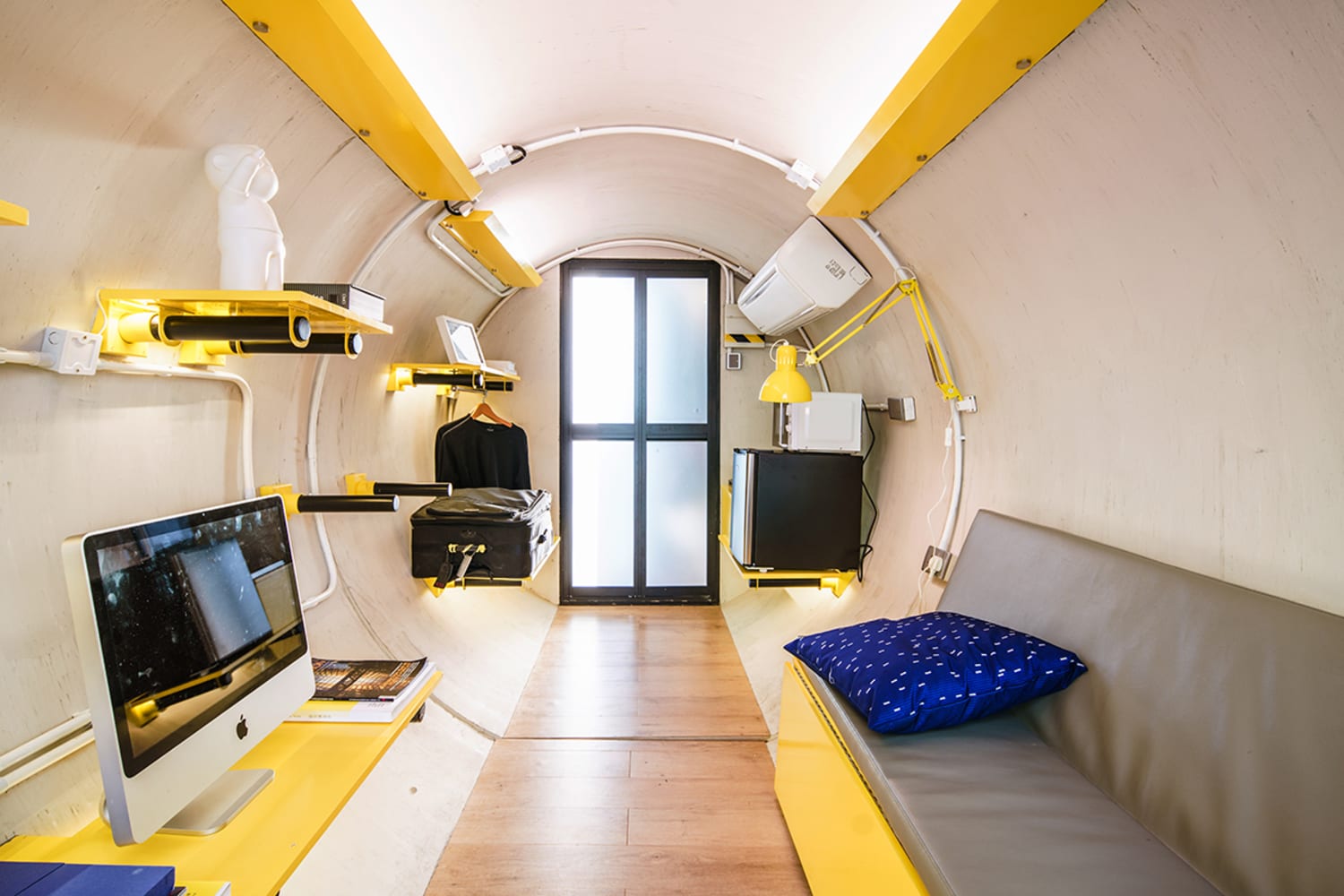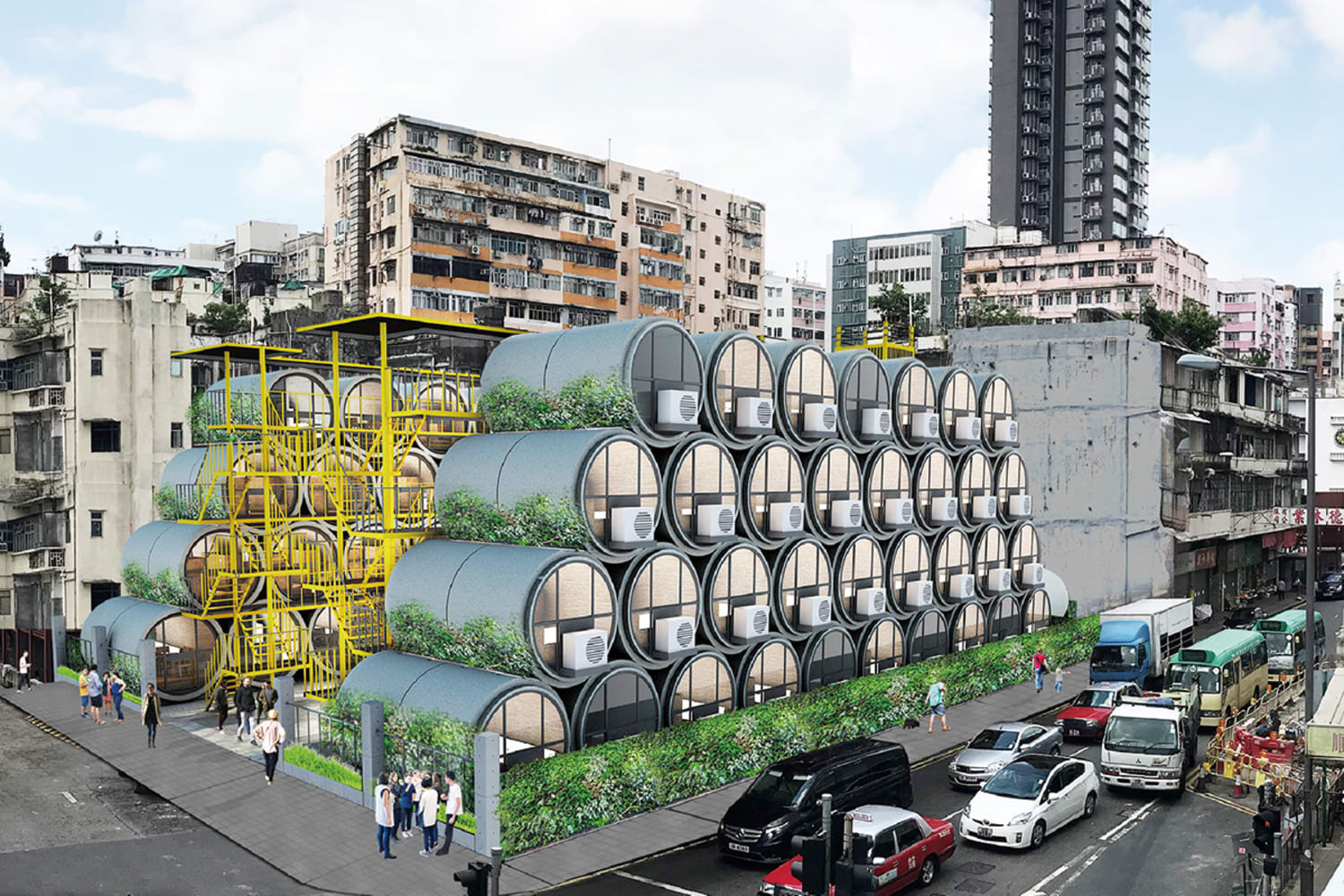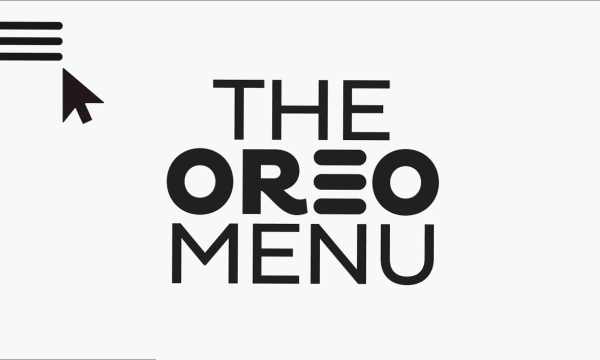Had the problem of affordable housing been on your mind?
I was born and bred in Hong Kong. And I’m an architect. So I’m especially sensitive to the issues of housing. Hong Kong has become such an inordinately expensive place. The younger generation, even though they’ve studied hard, worked hard, they struggle to gain independence, to have a home and to feel secure. Many are pushed to live in squalid conditions, pushed to live in caged homes, or what are often referred to as coffin homes.
But housing is expensive for all generations. Why did you focus on the young?
I think different sections of the community have different ways of dealing with this. Older people tend to have more money. This is why I focused on young people. I never thought my OPod would be a real solution. It is a spark of creativity, a spark of optimism that is particularly important for younger people when they are starting out in life.
Hong Kong has been a prime example of a city in the 21st century that has become so successful, it has become a victim of its success. So many people around the world want to invest in property here that prices are astronomically inflated. Unfortunately the indigenous people, young people, are not necessarily elevated by this. They get left behind. They are no longer on the crest of the wave, but behind the wave.
The result is a fracturing of society. Those who don’t have much will have it worse. The middle class in between struggle too and the rich will see a huge inflation in their wealth.
The OPod is so very different from the other buildings you’ve designed which are high-end, futuristic, glass-clad office and residential buildings. How does the OPod fit into this universe?
Every project I do fits into the Cybertecture universe. My work embraces diversity of approach and aesthetics. However they all share the same values of Cybertecture which is innovation, creativity and modernity.
